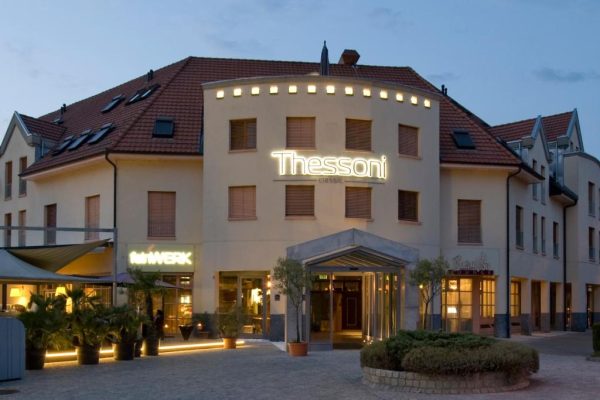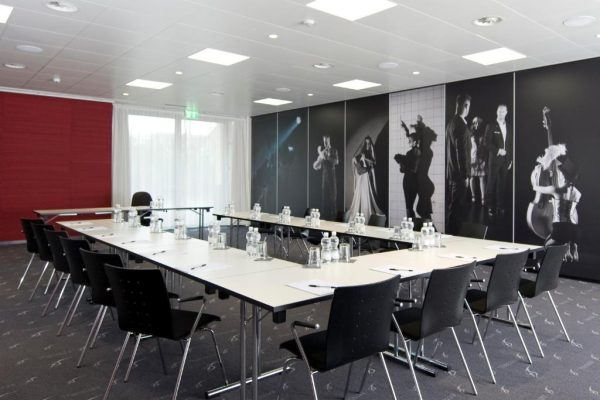Uropathogenic Escherichia coli strains secrete the alpha-hemolysin (HlyA) toxin to create a favorable environment for infection. At high concentrations, HlyA forms pores in eukaryotic membranes, leading to cell lysis, while at lower concentrations, it disrupts host-cell signaling pathways, triggering apoptosis. However, the frequency at which HlyA reaches lytic levels in host cells during infection remains unclear.
Our laboratory has demonstrated that, once in circulation, low concentrations of HlyA increase intracellular calcium levels, activating calpains that degrade cytoskeletal proteins and promoting phosphatidylserine (PS) exposure on the outer membrane of erythrocytes and platelets. These changes are associated with erythrocyte suicidal death (eryptosis) and a necrotic-like procoagulant state in platelets. HlyA-treated erythrocytes undergo morphological and functional alterations, including microvesicle release, echinocyte formation that affects deformability, and increased aggregability. Additionally, HlyA-treated platelets adopt a procoagulant state, indicing a ballon-like morphology and the release of procoagulant extracellular vesicles (EVs), raising new questions about how blood cell interactions are altered in the presence of the toxin and their impact on circulation.
In this way, targeting HlyA presents a promising therapeutic approach to counteract the detrimental effects of E. coli infections, particularly in South American regions where these infections are endemic, highlighting the toxin as a critical target for intervention.




















